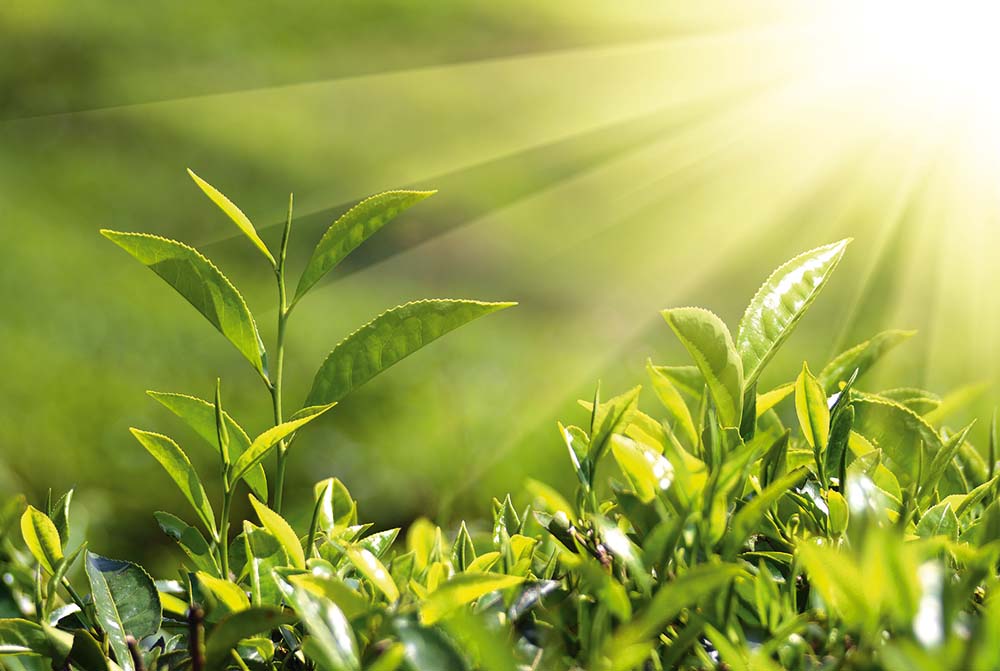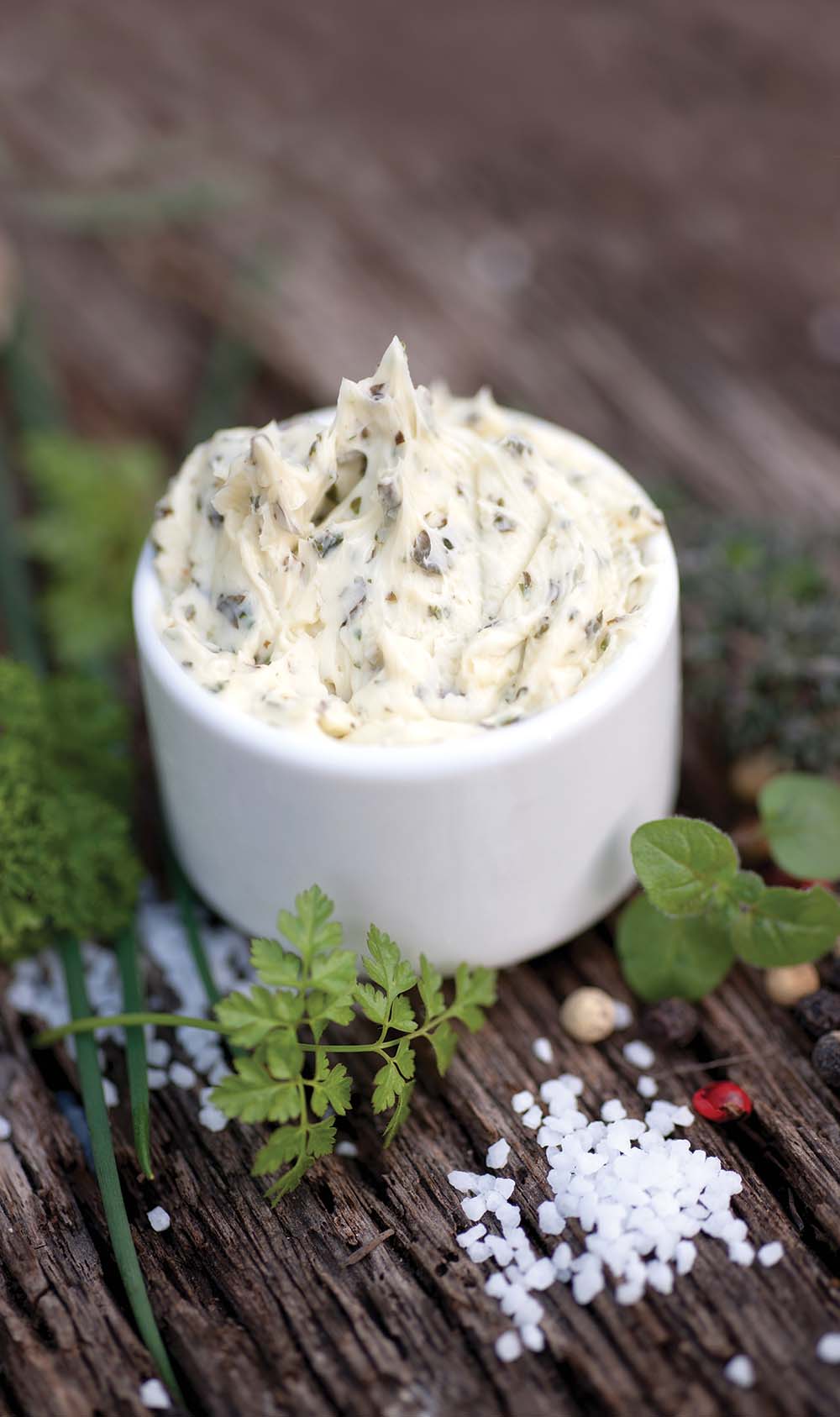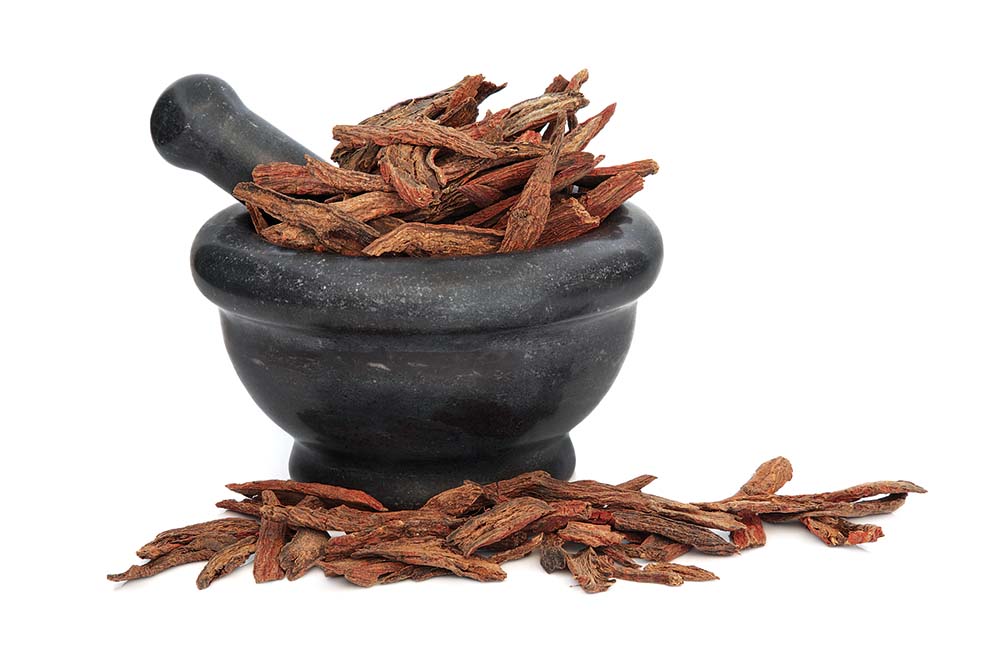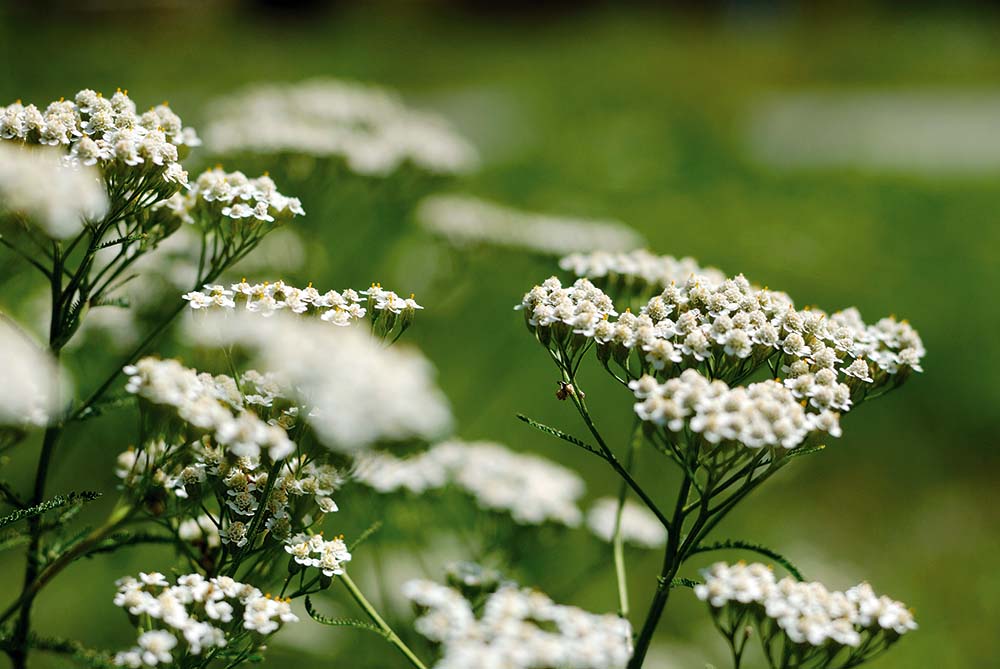Wild Plants for Dinner

Wild Sources of Fat and Oil Paleobotanical evidence shows that hazelnuts (Cornus avellana), which contain up to 60 percent fat, served as a vital source of oil (so much so that it was even possible to pay taxes with them through…









